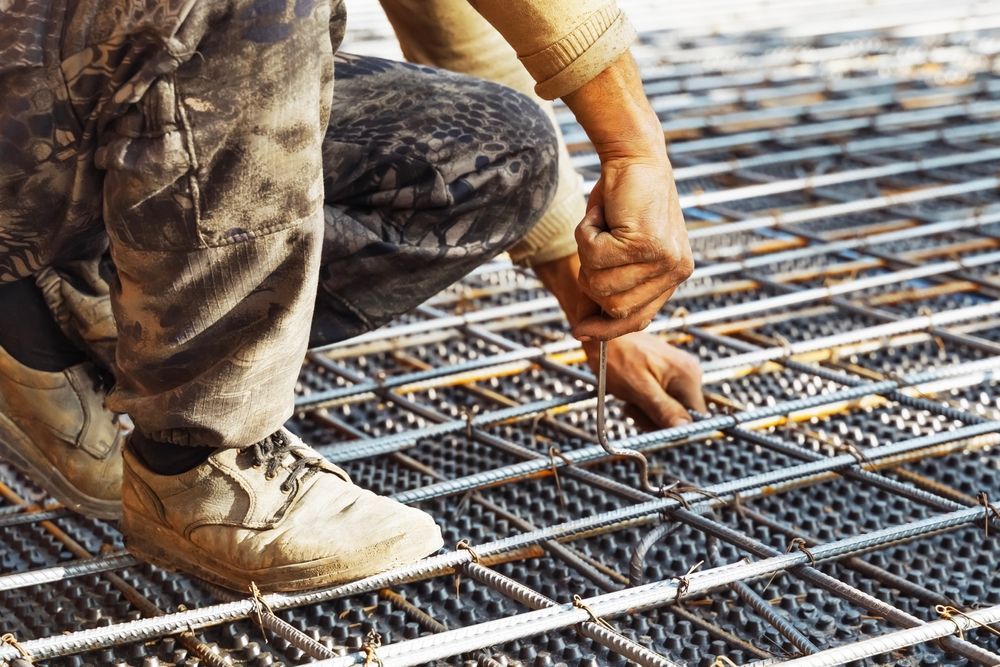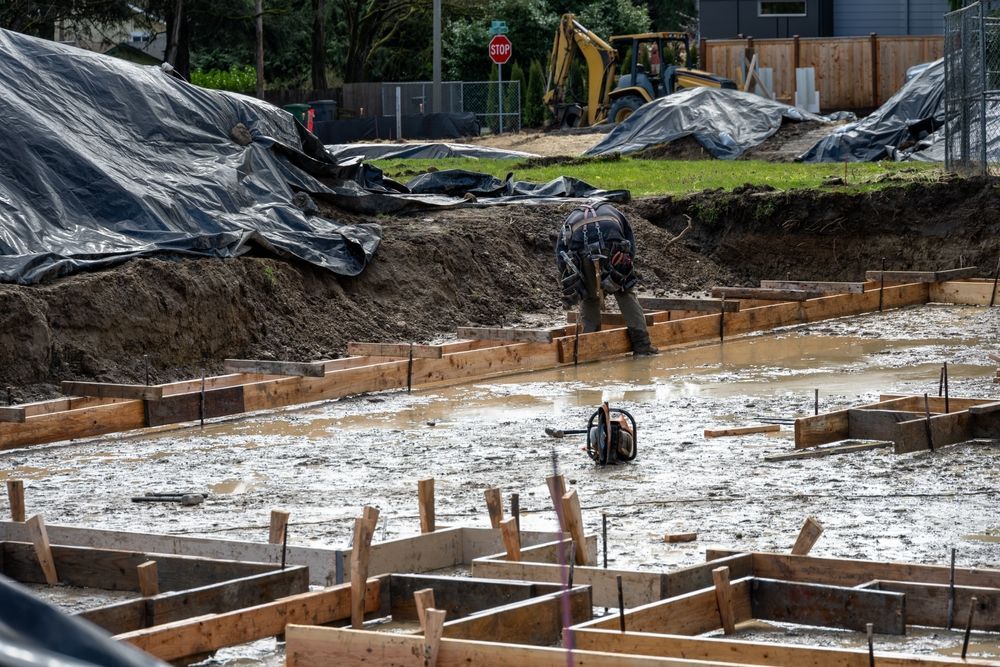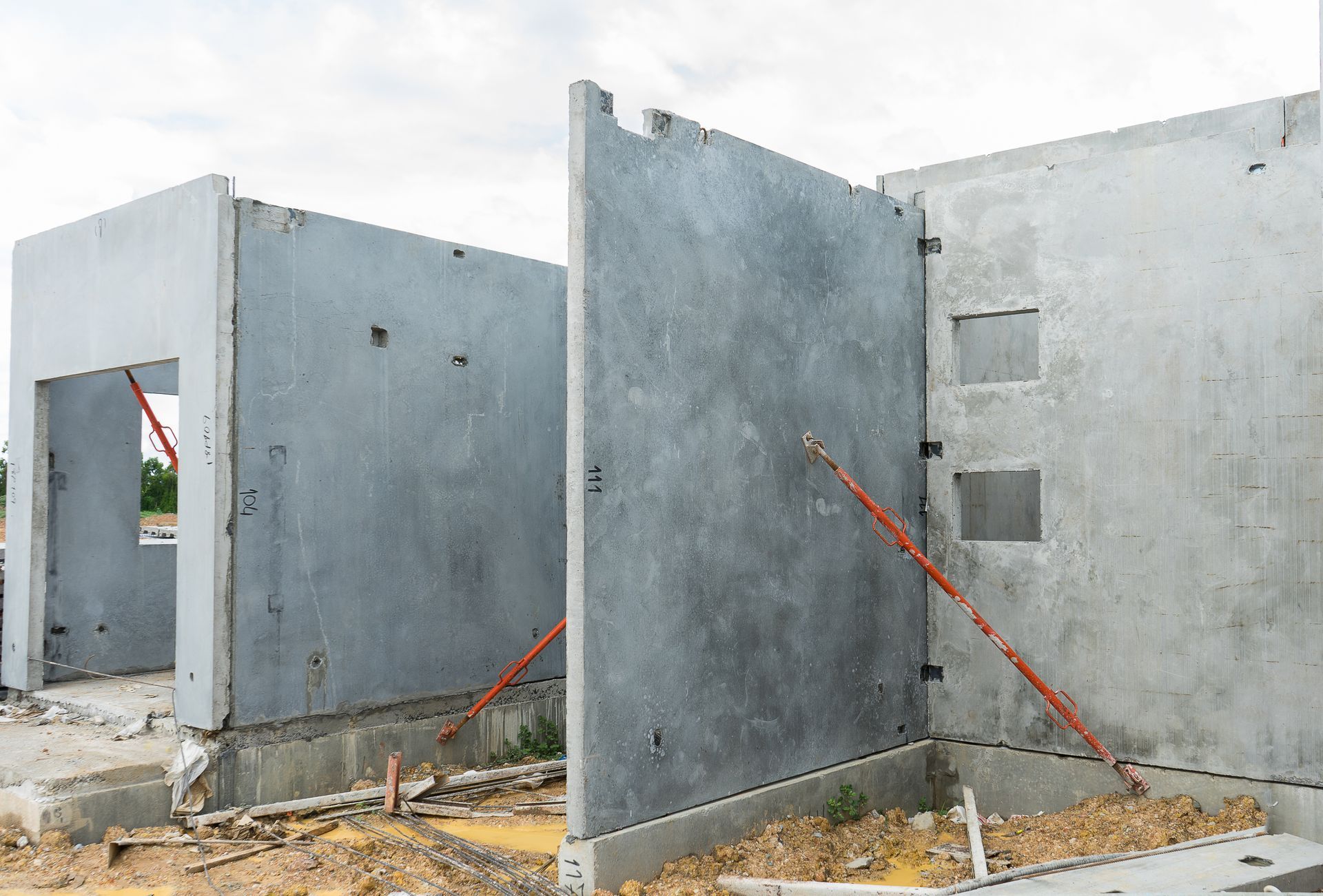Masonry Wall Bracing Requirements: A Contractor’s Guide
As a skilled contractor, you know how important it is that your jobs conform to all local, state, and federal laws every step of the way. You’re likely aware that OSHA has set requirements for masonry construction because their rules affect your projects.
The purpose of OSHA (the federal Occupations Safety and Health Administration) is to ensure safe and healthy working conditions for workers by setting and enforcing a set of standards. Read on for a contractor’s guide to OSHA’s masonry wall bracing requirements and take some of the guesswork out of compliance.
OSHA’s Rules on Limited Access Zones
OSHA’s standard number 29 CFR 1926.706 is titled “Requirements for masonry construction.” In Standard subsections 1926.706(a)(1) – (5), OSHA lists its five rules on limited access zones. They are, first, that limited access zones shall be established whenever a masonry wall is being constructed.
OSHA mandates that the limited access zone shall conform to the following five things:
- they must be established prior to the start of construction of the wall;
- they must equal to the height of the wall to be constructed plus four feet, and shall run the entire length of the wall;
- they must be established on the side of the wall which will be unscaffolded;
- they must be restricted to entry by employees actively engaged in constructing the wall. (No other employees shall be permitted to enter the zone);
- and they must remain in place until the wall is adequately supported to prevent overturning and to prevent collapse unless the height of wall is over eight feet, in which case, the limited access zone shall remain in place until the requirements of paragraph (b) of this section have been met.
OSHA’s Adequate Bracing Requirement
OSHA also requires that all masonry walls over eight feet in height must be adequately braced to prevent overturning and to prevent collapse, unless the wall is adequately supported so that it will not overturn or collapse. OSHA also requires bracing to remain in place until permanent supporting elements of the structure are in place.
Your most reliable source of construction equipment and contractor supplies.
How to Make Sense of OSHA’s Limited Access Zones Scaffolding Requirements
From time to time, OSHA will respond to letters from contractors who have written in for help and clarification on their standards. In one such instance, a contractor from the Chicago metro area asked for an explanation of the limited access zone rule regarding the placement on the side of the wall that would be unscaffolded. Roy F. Gurnham, OSHA’s Director of Construction, wrote back, and OSHA published the following letter, which stated:
“With regard to the procedure of not bracing the scaffolded side of a wall until after the wall is completed and the scaffold is removed, please be advised that all walls over eight feet in height, and not otherwise adequately supported, must be braced to prevent overturning or collapse of the wall in either direction. The degree of difficulty in bracing the scaffolded side of a wall depends on the type of scaffold used.
For example, because there are fewer components that would get in the way of bracing installation, a mason tower type of scaffold might be an easier system to install bracing around than would be a tubular welded frame system.
As you know, the requirements for masonry block walls contained in 1926.706 address two wall heights. For walls eight feet and less in height, the employer has the option of adequately supporting the wall during and after construction or establishing a limited access zone on the unscaffolded side as outlined in paragraphs 1926.706 a (1) through (5). For walls over eight feet in height, the option of maintaining a limited access zone may not be used in lieu of adequately bracing or supporting the wall to prevent collapse or overturning in either direction.”
OSHA has emphasized that while their interpretation letters explain their requirements and how they apply to particular circumstances, they do not create additional employer obligations.
Need help with scaffolding? Bracing Systems offers Hydro-Mobile scaffolding, Powermast, Waco style frame scaffolding, and shoring products. Working with an expert partner like Bracing Systems ensures you will have a hazard-free work environment with increased safety, improved productivity, and faster project completion – all of which help contain costs.
How to Make Sense of OSHA’s Adequate Bracing Requirement
OSHA has also provided a bit of further clarification of its masonry wall bracing requirements. A contractor from Washington State from to OSHA asked for an explanation of the bracing requirement standard.
OSHA’s Director of Construction wrote back, and OSHA published the following letter, which stated:
“As you recognize, the requirement to install bracing applies to all masonry walls over eight feet tall that are not otherwise adequately supported. This is the case whether the wall contains reinforcing steel (rebar) or not. It is the responsibility of the employer to assure that walls not adequately supported to withstand all normally expected forces, which would include prevailing wind pressure loads, building geometry, and wall location, are braced. If the employer determines the wall is capable of withstanding the forces applied during construction, then the wall would be considered to be adequately supported and would not require racing. The employer must be prepared to substantiate this determination.”
What to Do When You Need an Expert Partner
Bracing Systems is the largest stocking dealer of masonry supplies in Illinois, with unmatched prices and delivery. We also stock the most popular lengths and fabricate rebar for mason contractors on a daily basis. Bracing Systems fabricates rebar at our facility using state of the art equipment to save you time and money with delivery to your job site.
Bracing systems provide scaffolding, equipment, supplies, service, and everything that a Mason or Concrete Contractor could ever need. Contact our team for general advice or to inquire about a specific service. We’re always happy to help kickstart your project or get your job back on track. Give us a call at (630) 665-2732 or get in touch online.



